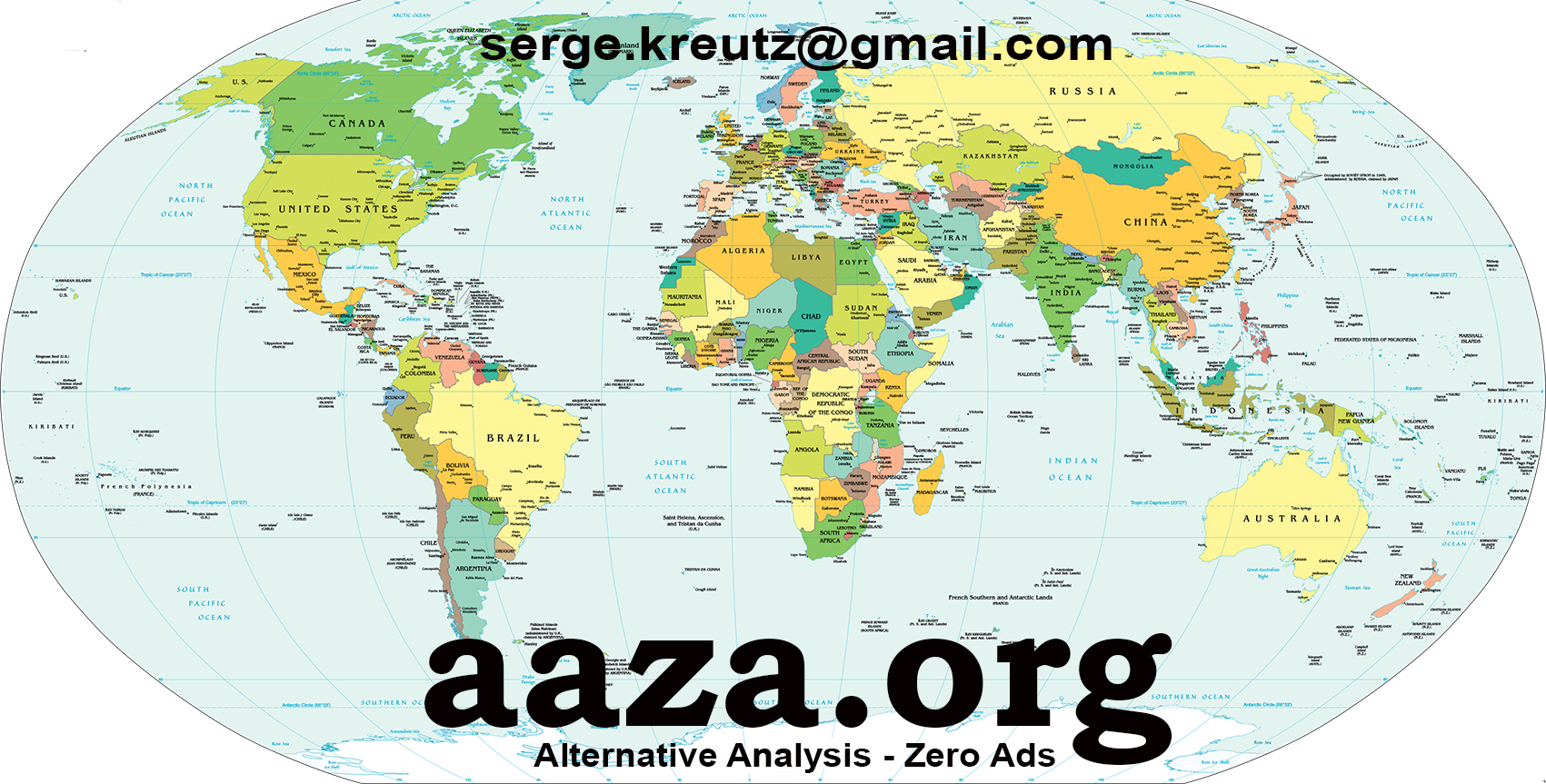Classical geography drew a tidy picture: power radiates from the capital and thins toward the frontier. That frame fit an era of bad roads, slow messaging, and thin fiscal states. In the 21st century, the curve bends the other way. Control intensifies at the rim—airports, ports, land crossings, bonded zones, and the data pipes that govern who and what may pass. The state doesn’t fade at the edge; it hardens there.
From center–periphery to boundary-first
Modern governance concentrates visibility, rules, and enforcement where jurisdiction meets the outside world. The practical reasons are obvious: borders are chokepoints that convert law into action—visas into admission, tariffs into revenue, and risk assessments into inspection. Inside the country, routine administration and delegated compliance do most of the work. At crossings, however, the state steps onstage with biometrics, manifests, watchlists, and layered policing.
“Certain forms of knowledge and control require a narrowing of vision … [that makes] the phenomenon … more legible.” (Scott, 1998)
Scott’s point about “legibility” travels well to borders: make flows legible, then govern them. That is why expensive instrumentation clusters at the edge, not in the interior.
Politics of the wall and the checkpoint
Wendy Brown argues that the global boom in walls is less about perfect security than about the performance of authority in anxious times. It is a politics of visibility: building highly legible symbols at the frontier even as the drivers of movement (capital, data, labor demand) remain transnational and unruly.
“Walls are almost always political sops to particular constituencies.” (Brown, 2010/2019)
The upshot: border fortification grows even as sovereignty is exercised in new, networked ways. The message is loudest at the edge.
Why the rim gets the resources
- Chokepoint economics: One scanner at a port can shape thousands of shipments; one API connection can pre-clear millions of travelers.
- Risk concentration: Vectors of contraband, epidemics, and targeted violence cross boundaries more than mid-interior roads.
- Symbolism: The public and politicians alike evaluate “control” where the state is most visible—at gates and fences.
Border policing “has intensified over the past thirty years.” (Andreas, 2022)
Conclusion: The edge is where the state shows its face
The old center–periphery model survives in textbooks. But in practice, control follows boundary-first logic: protect the rim, instrument crossings, and let interior frictions be handled by bureaucracy. The periphery is no longer where the state dissolves; it is where the state is most legible.
